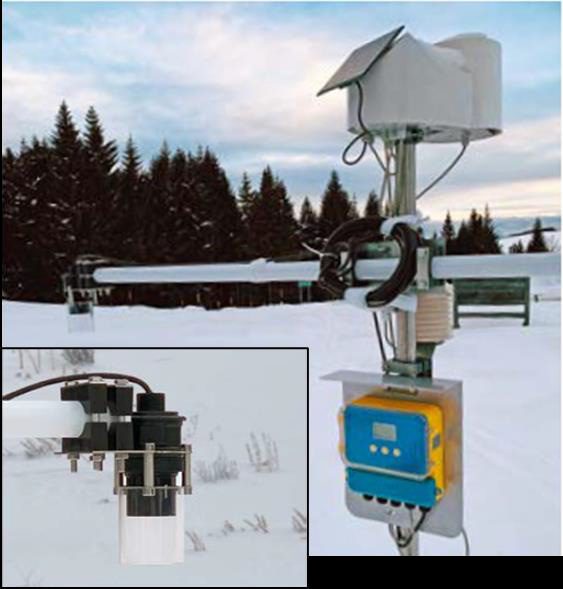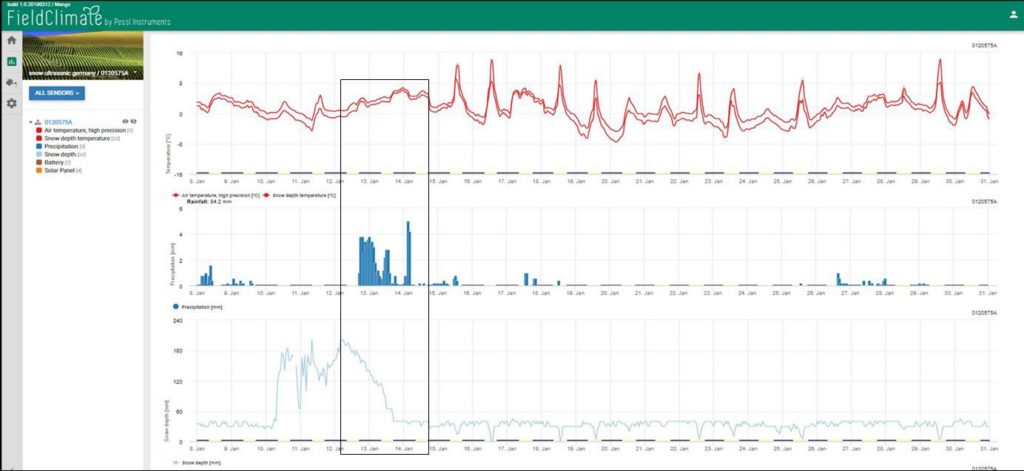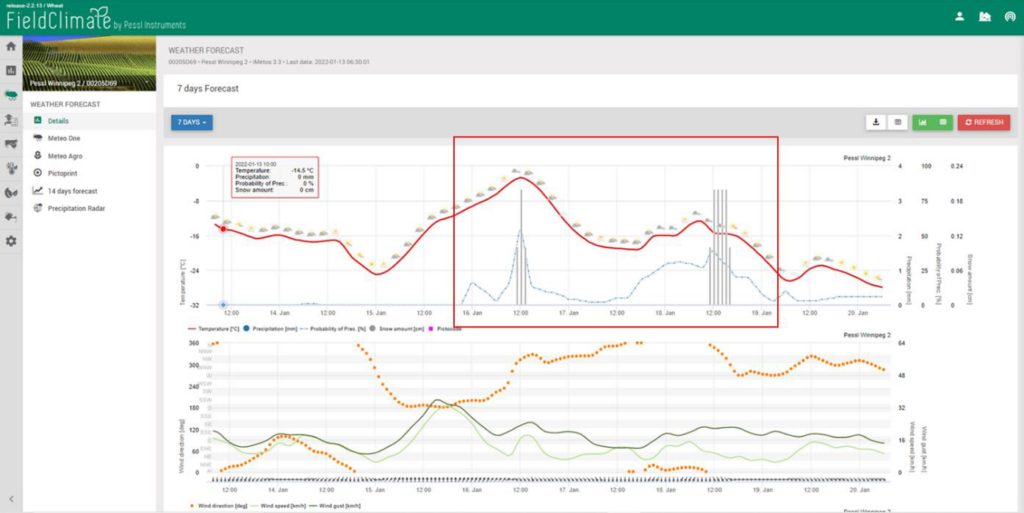#SnowDepth #AgricultureTechnology #IoTSolutions #CropManagement #SoilHealth #WinterkillPrevention #FarmingRisks #SnowMeasurement #AgriculturalProductivity #WeatherImpact #PrecisionFarming
Seing is Believing – Snow Depth in 4K

Snow, often seen as a picturesque winter phenomenon, plays a crucial role in shaping the agricultural landscape. Beyond its aesthetic appeal, the depth of snow has significant implications for farming and crop management. Each inch of snow acts as a natural insulator, safeguarding fall-seeded crops from winterkill by preventing frost penetration into the soil. In this article, we delve into the dual nature of snow, exploring its benefits and risks in agricultural practices.
Snow Benefits:
Snow serves as an insulating blanket, protecting crops from winterkill and soil erosion. Its moisture content varies, with light, fluffy snow offering minimal water equivalent, while heavy, wet snow contributes significantly to soil moisture, enhancing yield potential. Snow can also reduce insect populations, with cold temperatures penetrating deeply in its absence. Additionally, snow traps atmospheric nitrogen, nitrate, and ammonium, enriching the soil.
Snow Risks:
However, snow isn’t without its challenges. It can delay harvest operations, impacting crop quality and grade. The lack of snow allows deep frost penetration, potentially causing winter kill in fall-seeded crops. Early snow may be lost due to sublimation, resulting in reduced water infiltration. The absence of snowmelt in spring can lead to moisture shortages for germination. Heavy snow and cold temperatures increase livestock feeding requirements.
The Role of Technology:
In the era of IoT, measuring snow depth has become more sophisticated. Devices like iMETOS, equipped with ultrasonic snow sensors, offer precise field data. Combining this technology with site-specific forecasts enables farmers to track snow depth, monitor air and snow temperatures, and plan work efficiently.
Understanding Snow Types:
Not all snow is created equal. The article emphasizes the importance of distinguishing snow types due to their varied impact on agriculture. The timing and water content of snow significantly affect on-farm production. Late-season heavy snow, with high water content, can cause substantial delays in spring field operations. The water held in such snow, with a different ratio than the typical 10-to-1, can significantly improve seedbed and subsurface soil moisture if soils are thawed.


Snow, often overlooked in its agricultural significance, emerges as a critical factor influencing crop success and soil health. The delicate balance between the benefits and risks of snow underscores the need for informed decision-making. With technological advancements, farmers now have the tools to precisely measure and understand the impact of snow on their fields, enabling them to optimize productivity and navigate challenges.
Source: https://metos.at/

